15 Perennial Vegetables to Start in the Fall Garden
Starting a fall garden with perennial vegetables is a great way to ensure fresh produce year after year. Perennials are low-maintenance, returning season after season once established. Fall is the ideal time to plant many of these hardy vegetables, allowing them to grow strong roots before winter sets in. With the right care, you can enjoy homegrown veggies long into the future. From leafy greens like kale and chard to root vegetables like rhubarb and horseradish, there are plenty of options to choose from.
This post may contain affiliate links, which helps keep this content free. Please read our disclosure for more info.
Asparagus
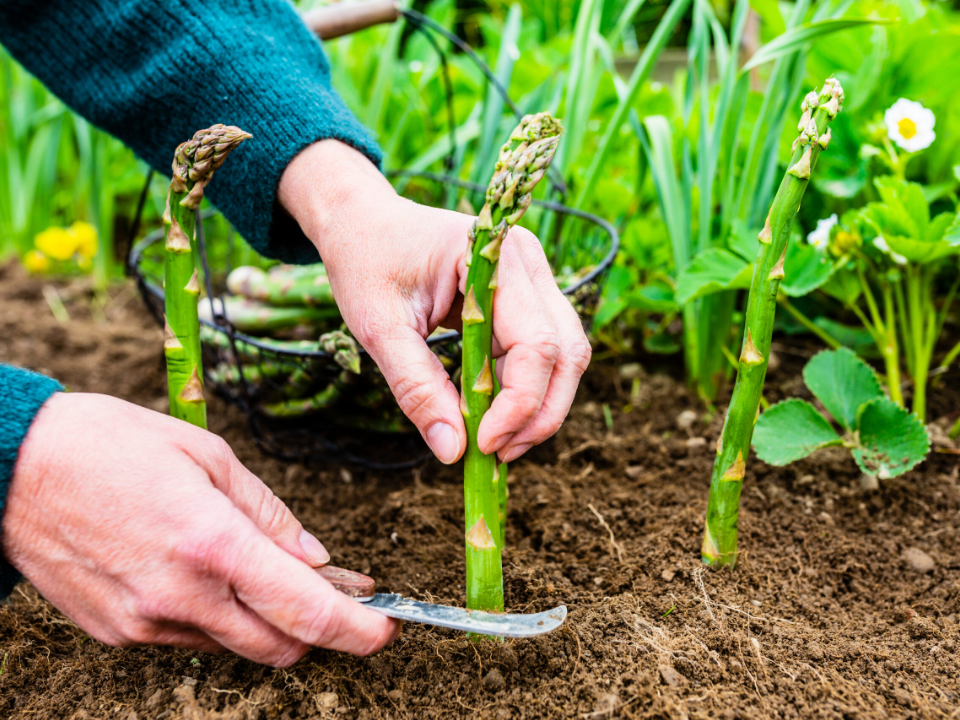
Asparagus is a classic perennial vegetable that thrives when planted in the fall. Once established, asparagus crowns will produce delicious spears every year for up to 20 years. When you plant asparagus, make sure to choose a sunny spot with well-drained soil. The plant grows tall, producing feathery ferns that add a lovely texture to your garden in the off-season.
Planting asparagus in the fall gives it time to establish its roots before winter sets in. Over the years, it will continue to spread, and you can start harvesting spears after two to three years of growth. Asparagus is both a hardy and low-maintenance crop that rewards you year after year.
Kale
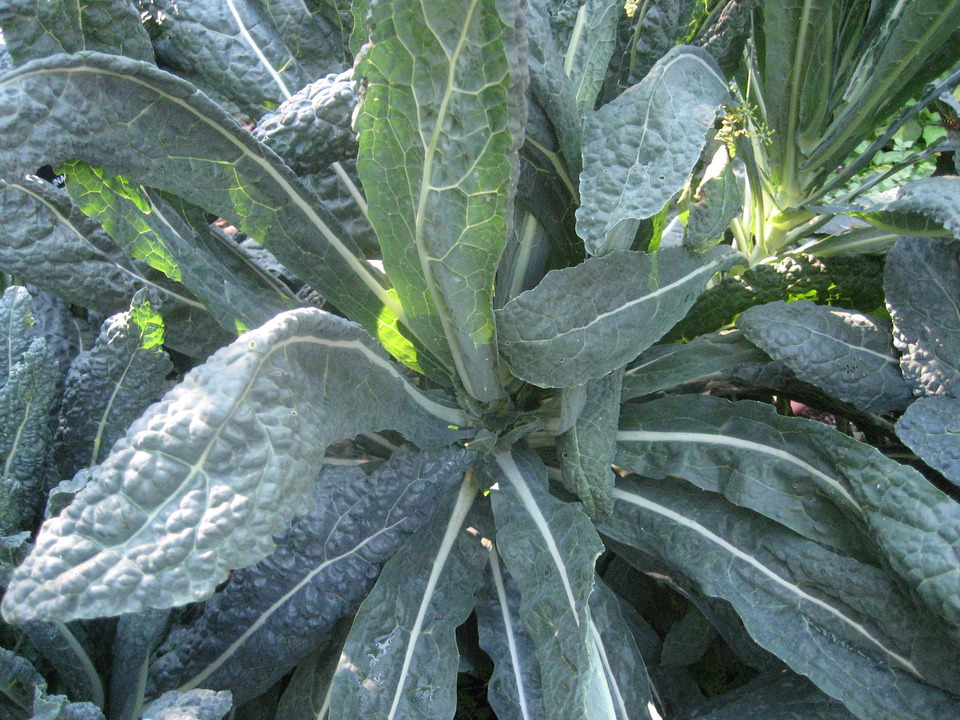
Kale is a cool-season perennial that can thrive in most climates, especially if planted in the fall. While it is often grown as an annual, it can survive the winter in milder climates and provide greens for months. The leaves of kale are packed with nutrients and can be harvested from fall to spring.
Kale’s tolerance to frost allows it to grow in colder months, making it a perfect addition to a fall garden. By protecting it with row covers, you can ensure it lasts through winter and into the spring. The plant will continue to grow and regenerate, allowing for multiple harvests from the same plant.
Swiss Chard
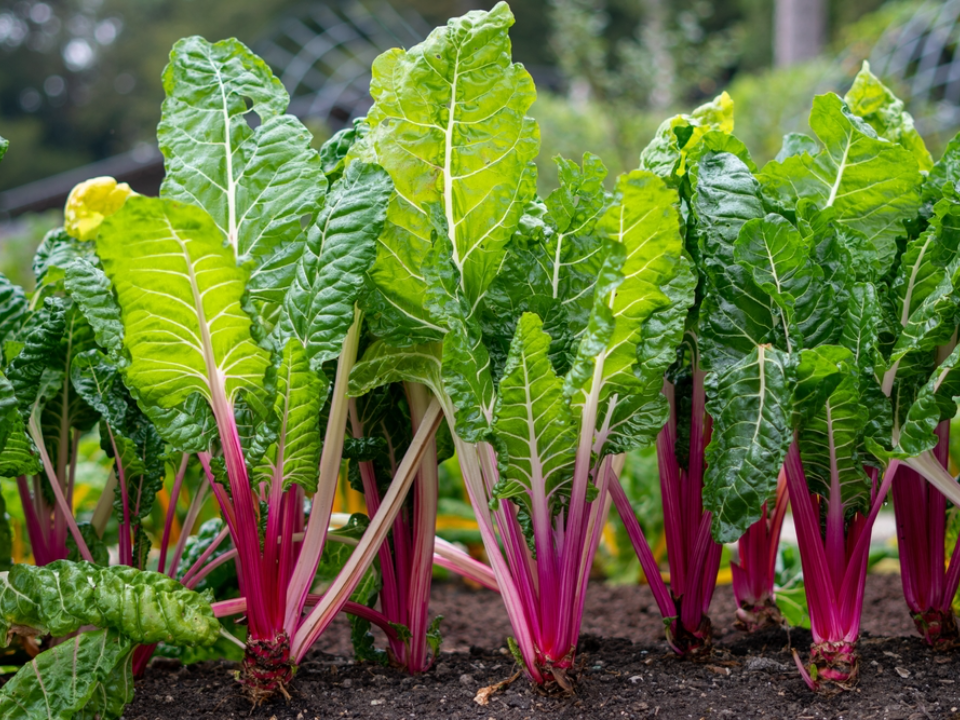
Swiss chard is a vibrant vegetable that produces colorful stems and dark, crinkled leaves. It can grow well as a perennial when planted in the fall, particularly in zones with mild winters. The leaves are flavorful and packed with vitamins, making them a popular choice for cooking.
Once established, Swiss chard will continue producing new leaves throughout the year. Even during colder months, the plant’s hardiness allows it to be harvested for a long season. Chard can be harvested continually by picking outer leaves, which encourages further growth from the center.
Rhubarb
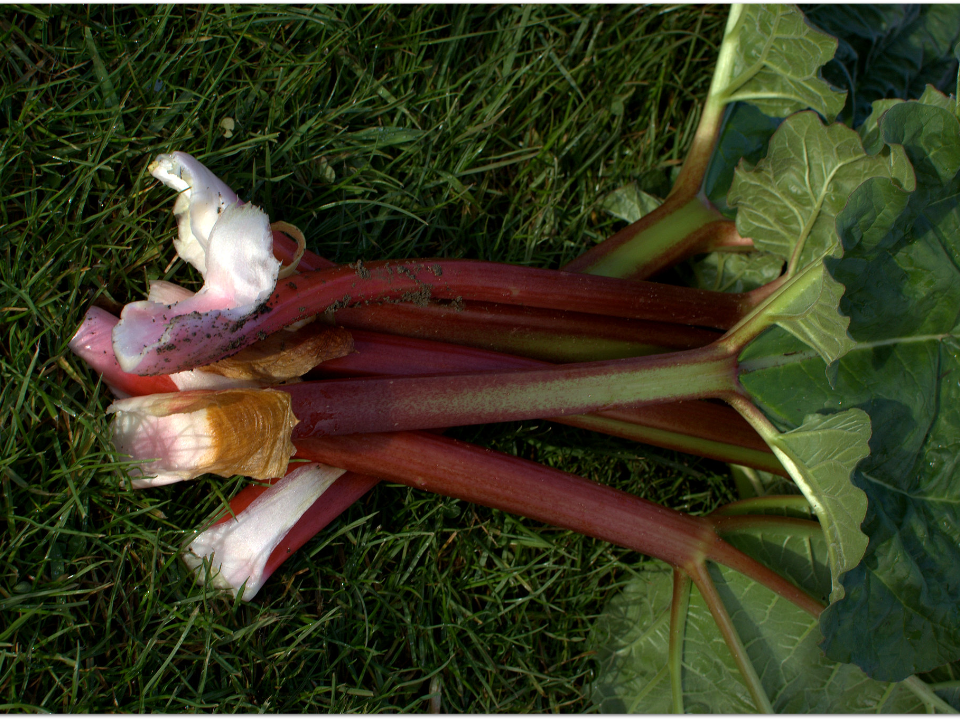
Rhubarb is a hardy perennial that grows well in cooler weather, making it perfect for planting in the fall. This vegetable, often mistaken for a fruit, is known for its tart stalks, which are excellent in pies and sauces. Rhubarb thrives in well-drained soil with plenty of organic matter.
After planting in the fall, rhubarb will grow strong in the spring, with large, green leaves and long red stalks. The plant will take time to establish itself, but once it does, it can produce for up to 10 years with proper care. Although rhubarb leaves are toxic, the stalks are completely safe to eat when cooked.
Garlic
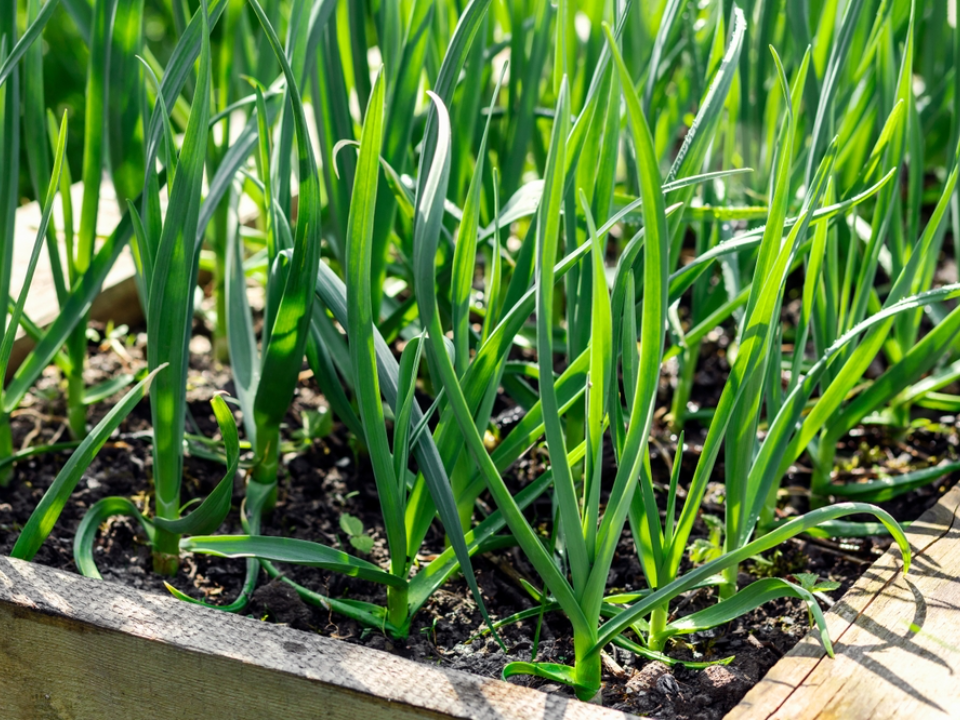
Garlic is a simple perennial to grow, and fall is the ideal time to plant it for a bountiful harvest the following summer. Plant garlic cloves in well-drained soil with plenty of sunlight, and they will begin sprouting in the spring. Garlic requires little maintenance and grows well in almost any garden.
By planting garlic in the fall, you give the bulbs time to develop strong roots over the winter. The growing season is long, and the garlic will mature in late spring or early summer. Once harvested, garlic can be stored for months, making it an essential vegetable for any gardener.
Leeks
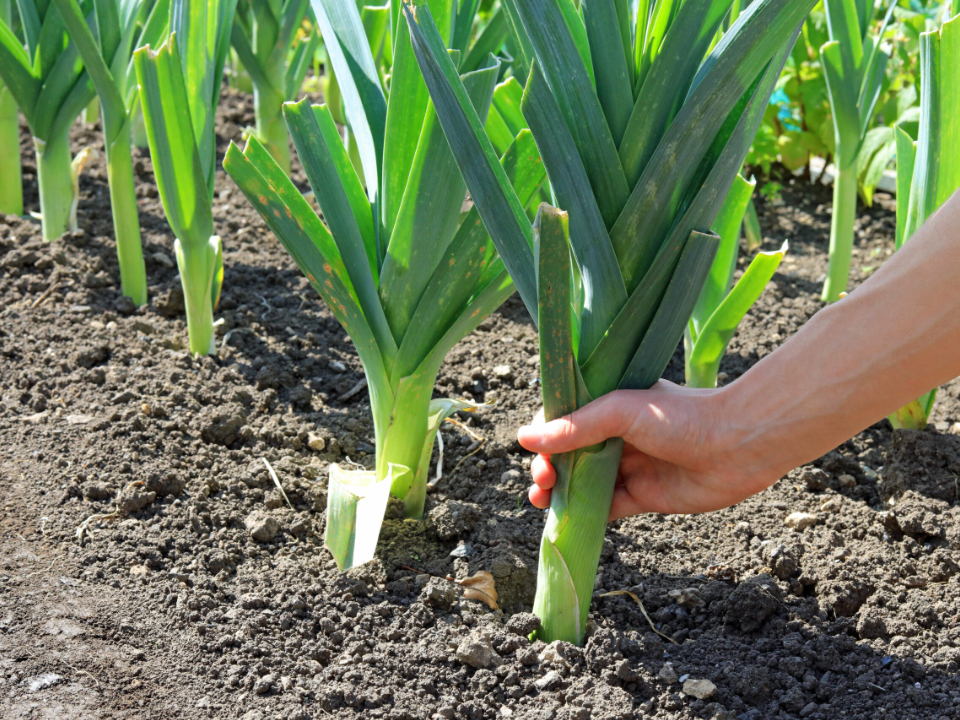
Leeks are another hardy vegetable that benefits from a fall planting. They are perfect for gardeners who want a vegetable that thrives in cool weather. Leeks are slow-growing and can be harvested throughout the winter in mild climates. Their mild, onion-like flavor is perfect for soups and stews.
Planted in the fall, leeks can grow throughout the winter if protected from extreme cold. Their growth is slow, but this results in tender stalks that can be harvested for months. Leeks can be overwintered in the garden, and when spring arrives, they will continue to grow, providing fresh vegetables.
Jerusalem Artichoke
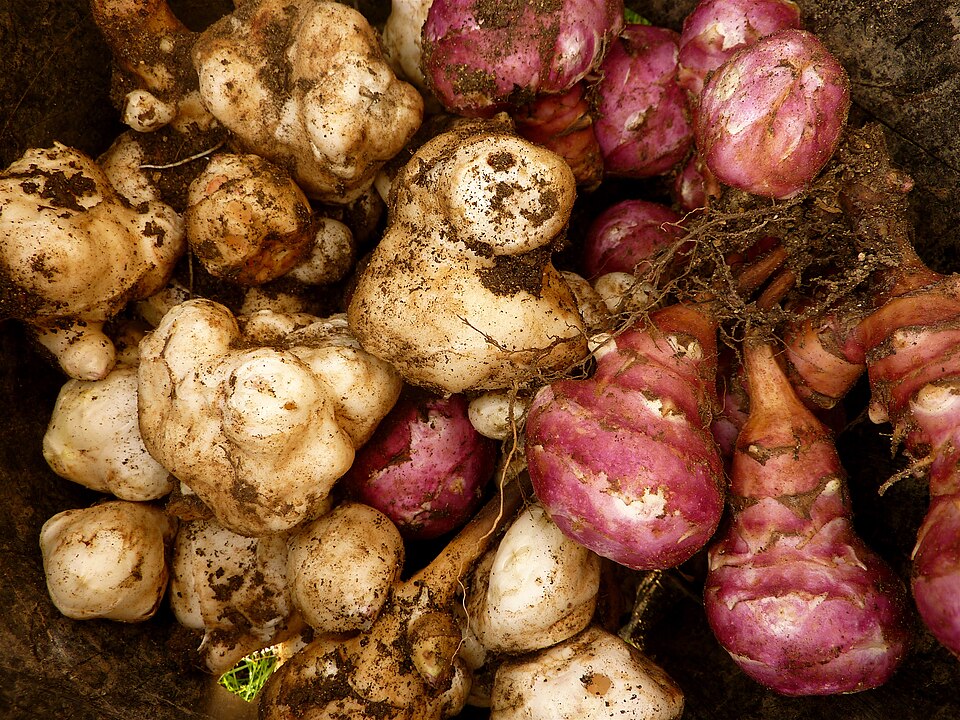
Jerusalem artichokes, also known as sunchokes, are perennial tubers that thrive in the fall garden. These unique plants grow tall and produce small yellow flowers, while the edible tubers are harvested for their nutty flavor. Jerusalem artichokes are high in fiber and are often used in soups, salads, or roasted dishes.
After planting in the fall, Jerusalem artichokes grow robustly and will produce for several years. They are very easy to grow and require little attention once established. The tubers can be harvested after the first frost, and they continue to grow each year without needing to be replanted.
Sorrel
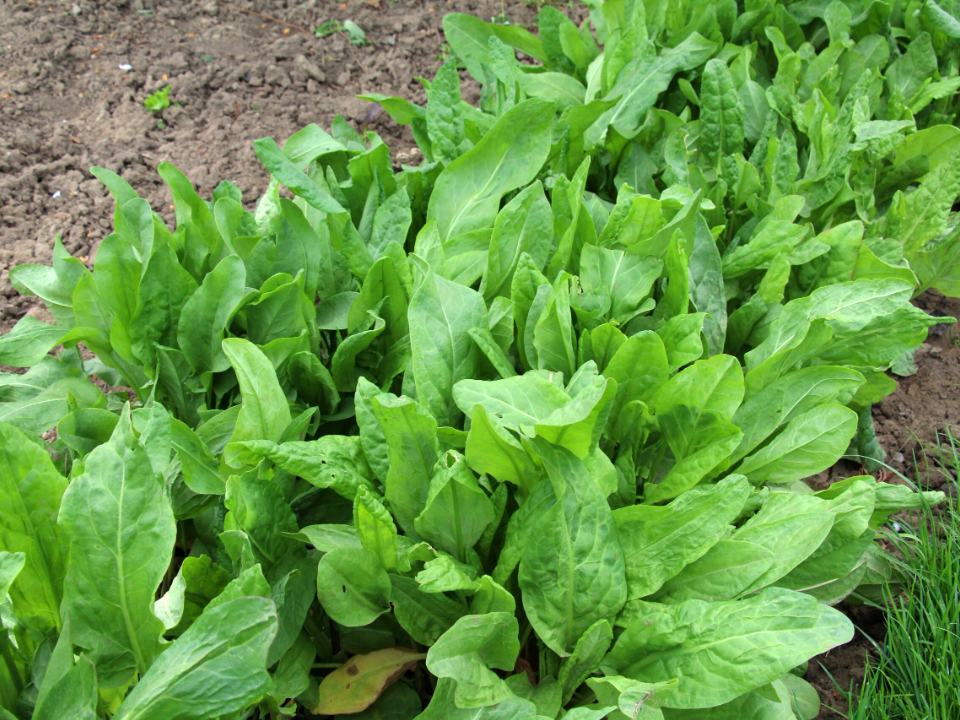
Sorrel is a leafy green that grows well in the fall and can be harvested year-round. This perennial vegetable has a sharp, tangy flavor that is often used in salads, soups, and sauces. Sorrel thrives in moist, fertile soil and prefers cool temperatures, which makes it perfect for fall planting.
When planted in the fall, sorrel will grow quickly and be ready for harvest in the spring. Its leaves regenerate rapidly, allowing for multiple harvests from the same plant. Sorrel’s unique tart flavor makes it a refreshing addition to any dish.
Horseradish
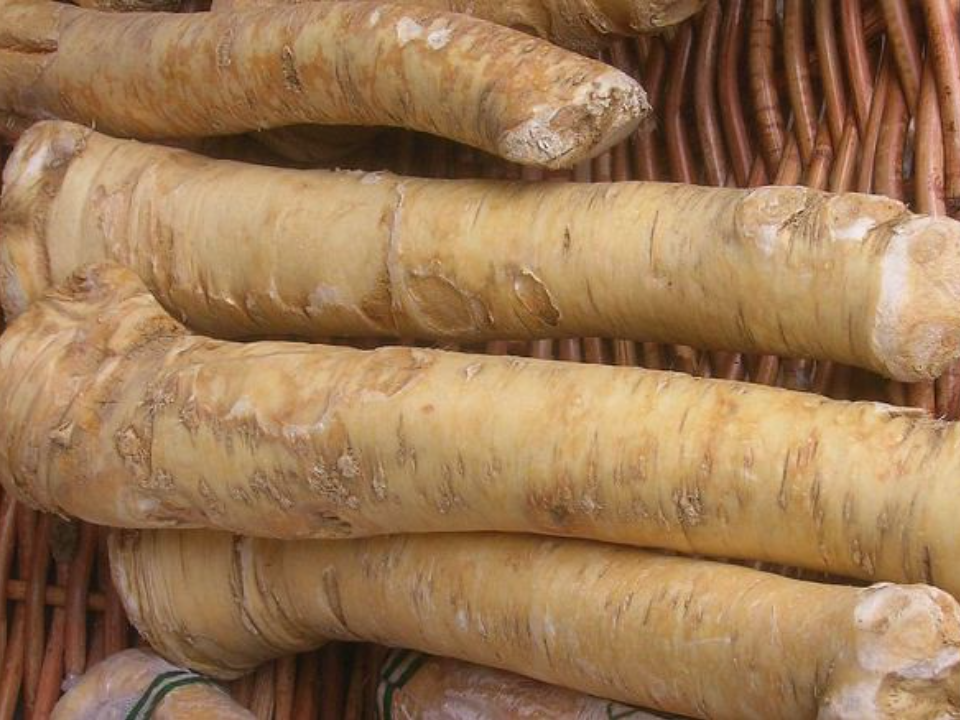
Horseradish is a perennial root vegetable that produces a spicy, pungent flavor. It is typically used as a condiment, grated into sauces or spreads. Horseradish grows best in deep, well-drained soil and benefits from planting in the fall, giving its roots time to establish over the winter.
This hardy plant can be left in the ground during the winter and harvested in the spring. Once planted, horseradish can grow for several years, and the roots can be harvested as needed. The plant requires minimal care and will continue to produce year after year with little maintenance.
Shallots
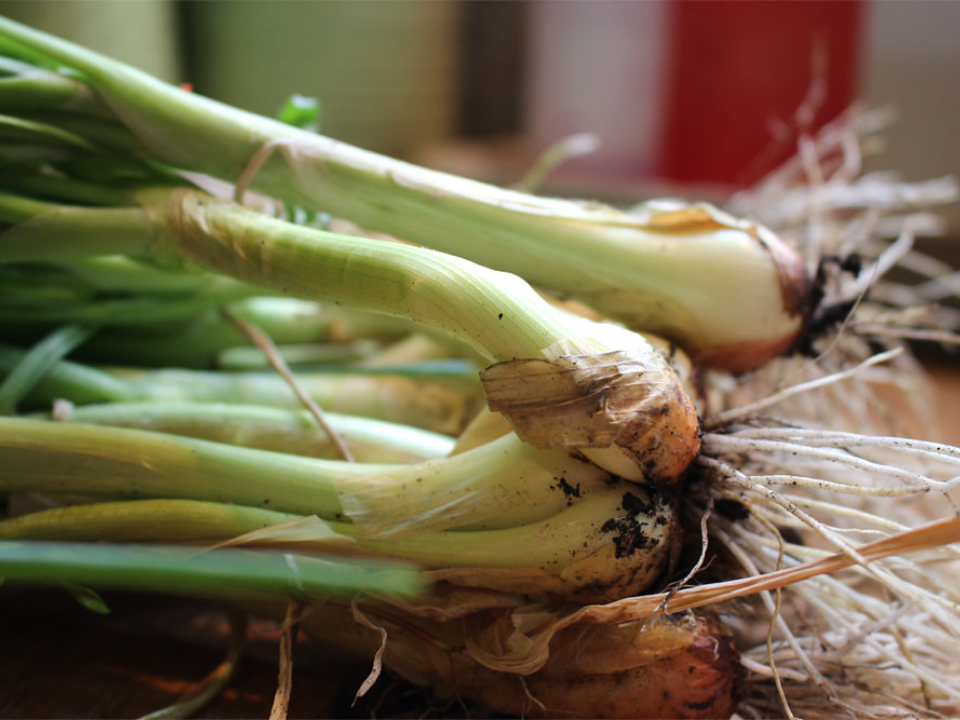
Shallots are a versatile vegetable with a mild, sweet flavor, making them a great choice for fall planting. They grow similarly to garlic and onions and are perfect for adding a delicate flavor to dishes. Shallots thrive in well-drained soil with plenty of sunlight.
When planted in the fall, shallots will develop strong bulbs that can be harvested in late spring or early summer. The vegetable’s small size makes it ideal for tight garden spaces. Once harvested, shallots store well, making them a convenient option for year-round use in the kitchen.
Fennel
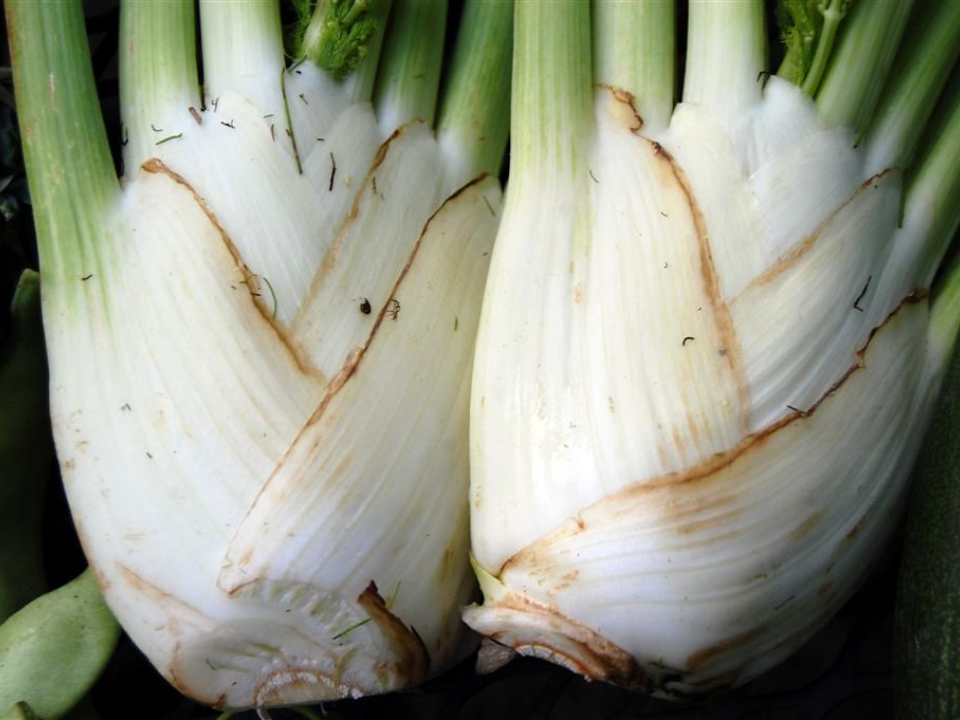
Fennel is a unique perennial that can be grown for both its bulb and its feathery fronds. The bulb has a mild anise flavor and can be used in salads, soups, or roasted dishes. Fennel thrives in cool weather, making fall the perfect time to plant.
Once established, fennel will continue to grow year after year, producing a crop that can be harvested in the second year. The fronds are also edible and can be used to add a fresh, aromatic flavor to dishes. Fennel is easy to grow and does well in a wide range of garden conditions.
Chives
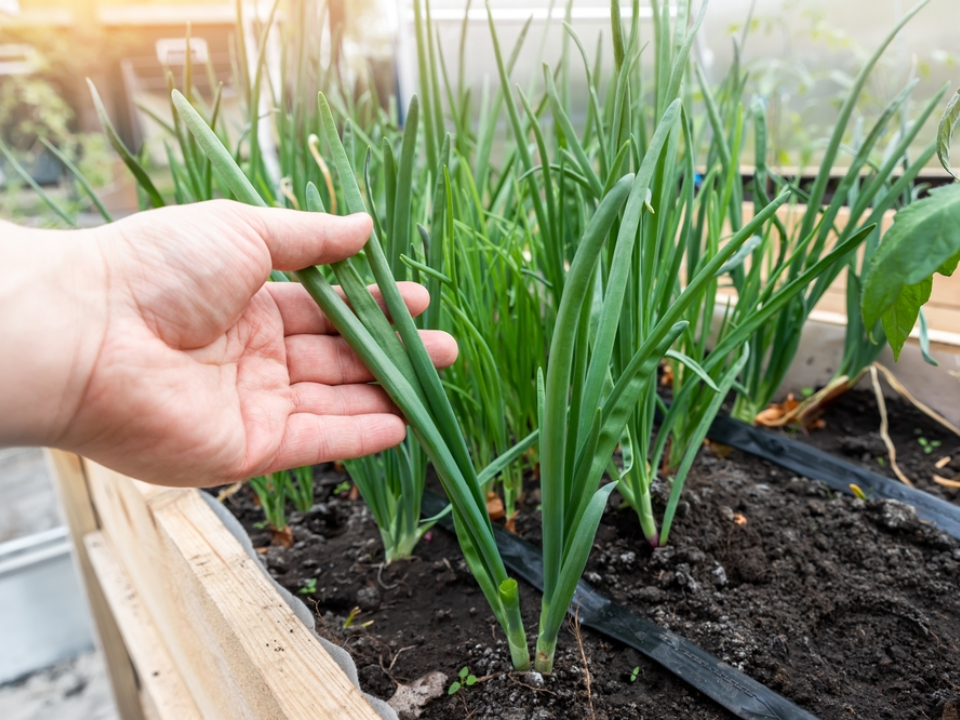
Chives are an easy-to-grow perennial herb that can thrive in a variety of climates. They have a mild onion flavor and are commonly used in garnishes, salads, and soups. Chives grow best in well-drained soil and full sun, making them an ideal candidate for fall planting.
Once established, chives can be harvested in early spring and throughout the growing season. They will come back year after year, and you can divide clumps to spread them around the garden. Chives are a versatile addition to any garden and can be used in many culinary applications.
Parsley
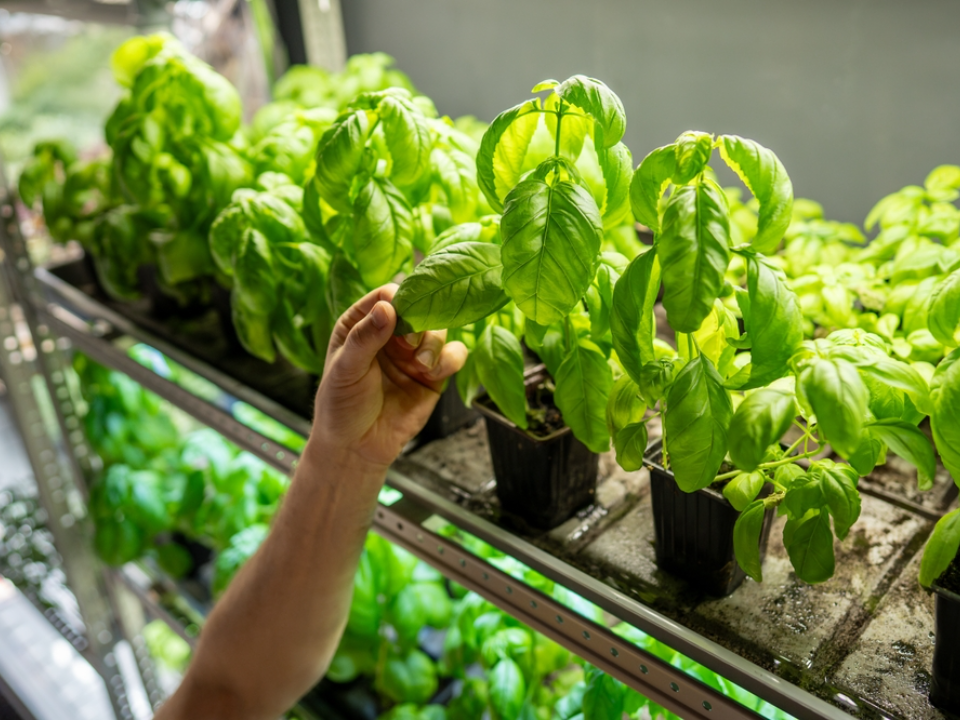
Parsley is a nutrient-rich herb that grows well as a perennial in mild climates. It is widely used in cooking for its fresh, vibrant flavor and can be used in everything from salads to garnishes. Parsley prefers well-drained soil and does best in partial sun or light shade.
When planted in the fall, parsley will grow steadily and can be harvested for several months. It will continue to produce new growth throughout the year, making it an excellent choice for fresh, year-round cooking. Parsley is easy to maintain and requires little care after planting.
Sweet Potatoes
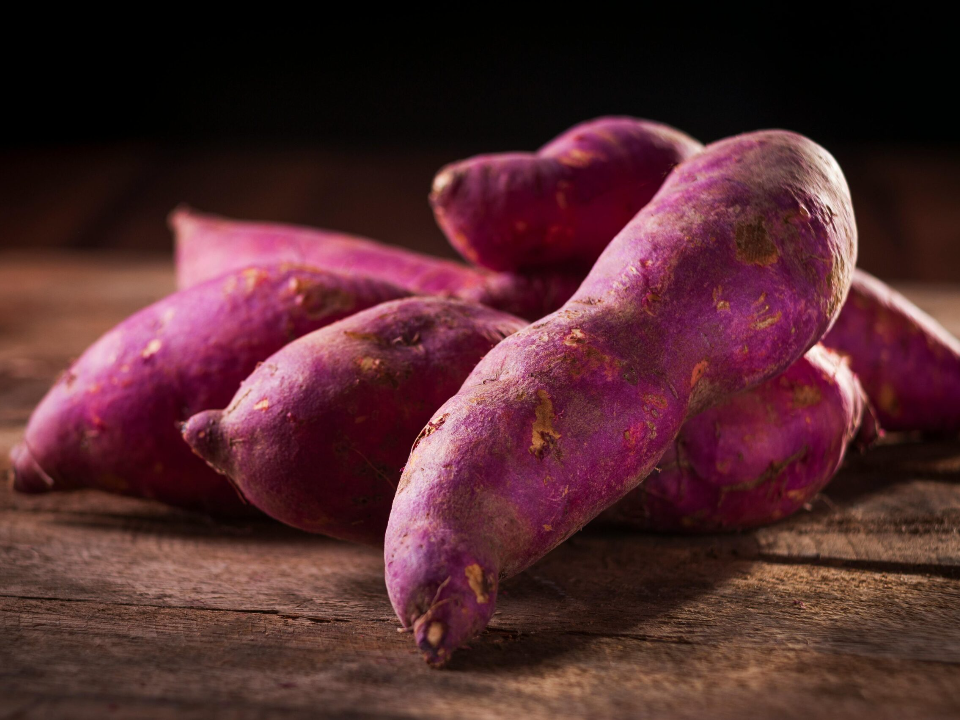
Sweet potatoes are a nutritious and hearty perennial that thrives in the fall garden. Unlike regular potatoes, sweet potatoes are grown for their large, sweet-tasting tubers. They grow best in well-drained, sandy soil and need plenty of sunlight.
Once planted in the fall, sweet potatoes will continue to grow and mature through the summer, ready for harvest in late fall. The vines will spread out, and the roots will develop large, flavorful tubers. Sweet potatoes are a great source of vitamins and are perfect for storing during the winter months.
Mustard Greens
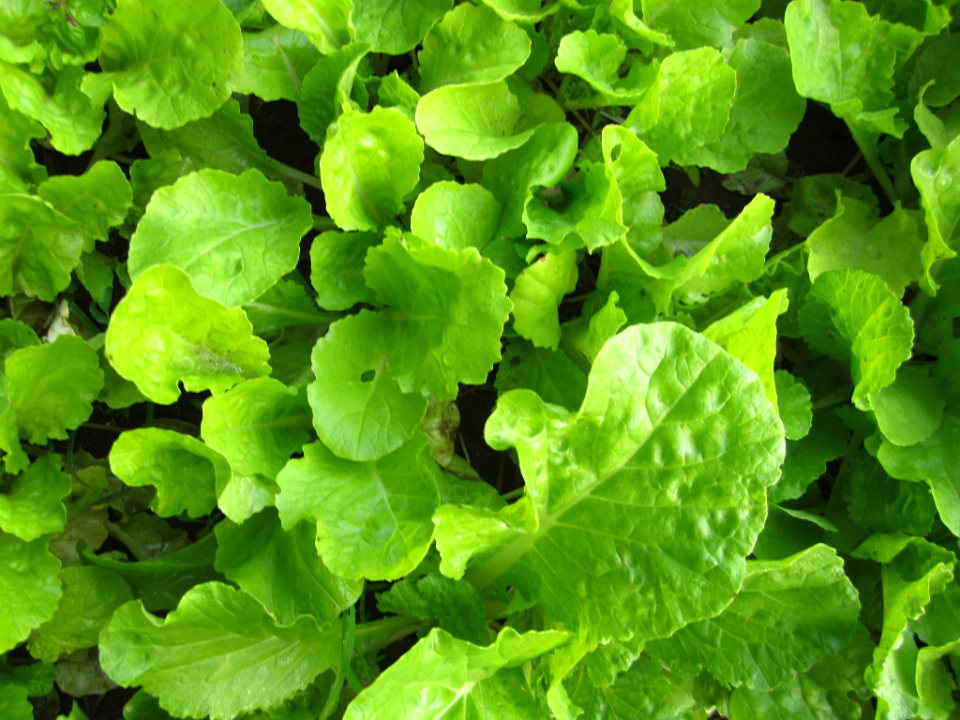
Mustard greens are a hardy and fast-growing vegetable that thrives in the cooler temperatures of fall. The leaves have a peppery, slightly bitter taste and are packed with vitamins. Mustard greens grow well in nutrient-rich, well-drained soil with plenty of sunlight.
Once planted in the fall, mustard greens will grow quickly and can be harvested in as little as 40 days. They provide a steady supply of nutritious greens throughout the growing season. Mustard greens are perfect for adding to salads, sautéing, or adding to soups.
This article originally appeared on Avocadu.
